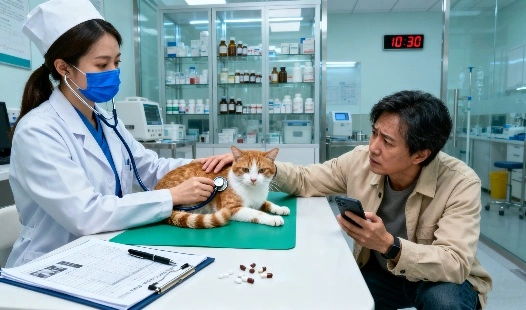How effective is GS-441524 in treating wet vs dry FIP?
Response rates for different FIP forms
One of the most deadly and feared diseases affecting cats is Feline Infectious Peritonitis (FIP), which has historically been almost universally fatal. With the advent of GS-441524 FIP, the treatment landscape for FIP has been fundamentally transformed, offering veterinarians and cat owners a genuine sense of hope where previously there was little. This groundbreaking antiviral therapy has demonstrated significant efficacy in both the wet (effusive) and dry (non-effusive) forms of FIP, addressing the virus at its source rather than merely managing symptoms. Research into GS-441524 provides critical insights into dosage, treatment duration, and response rates, helping clinicians optimize care for feline patients. As a revolutionary therapy, it not only improves survival outcomes but also enhances quality of life during treatment, making it a milestone in veterinary medicine that deserves far more recognition and attention in both clinical practice and ongoing scientific studies.
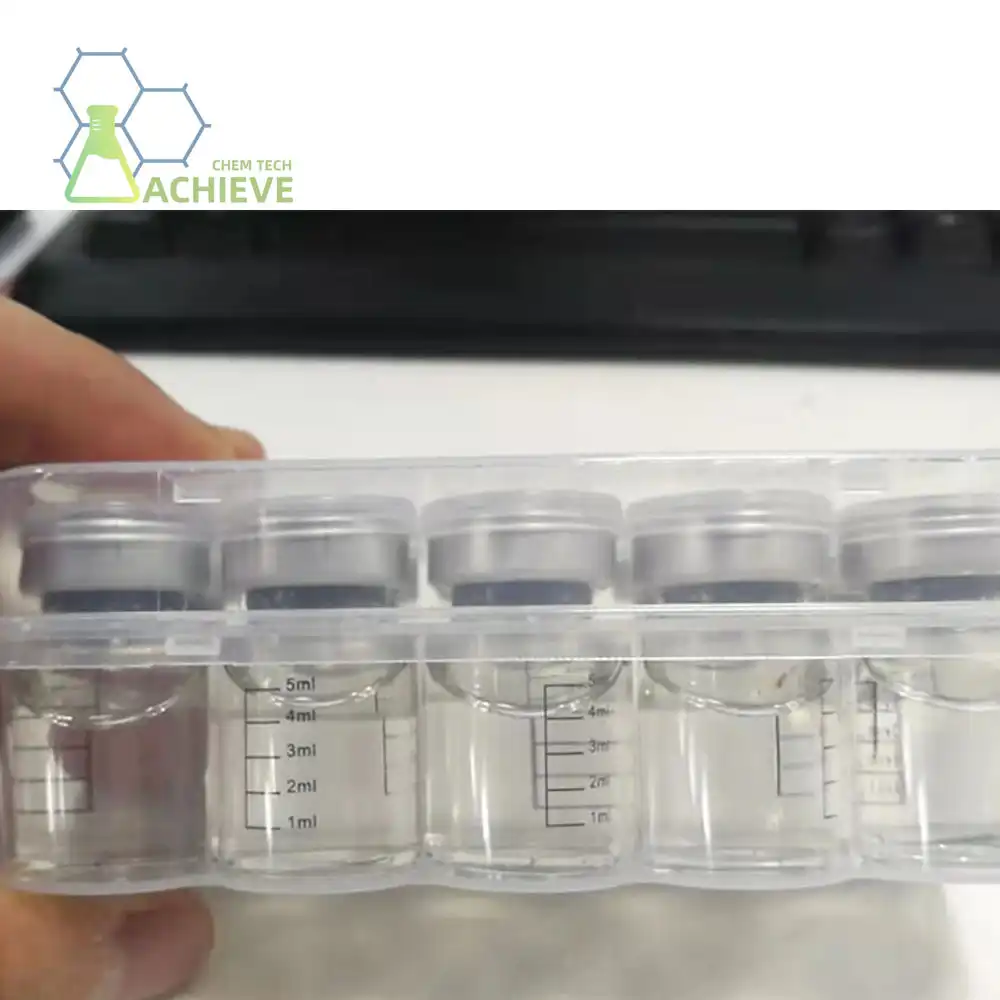
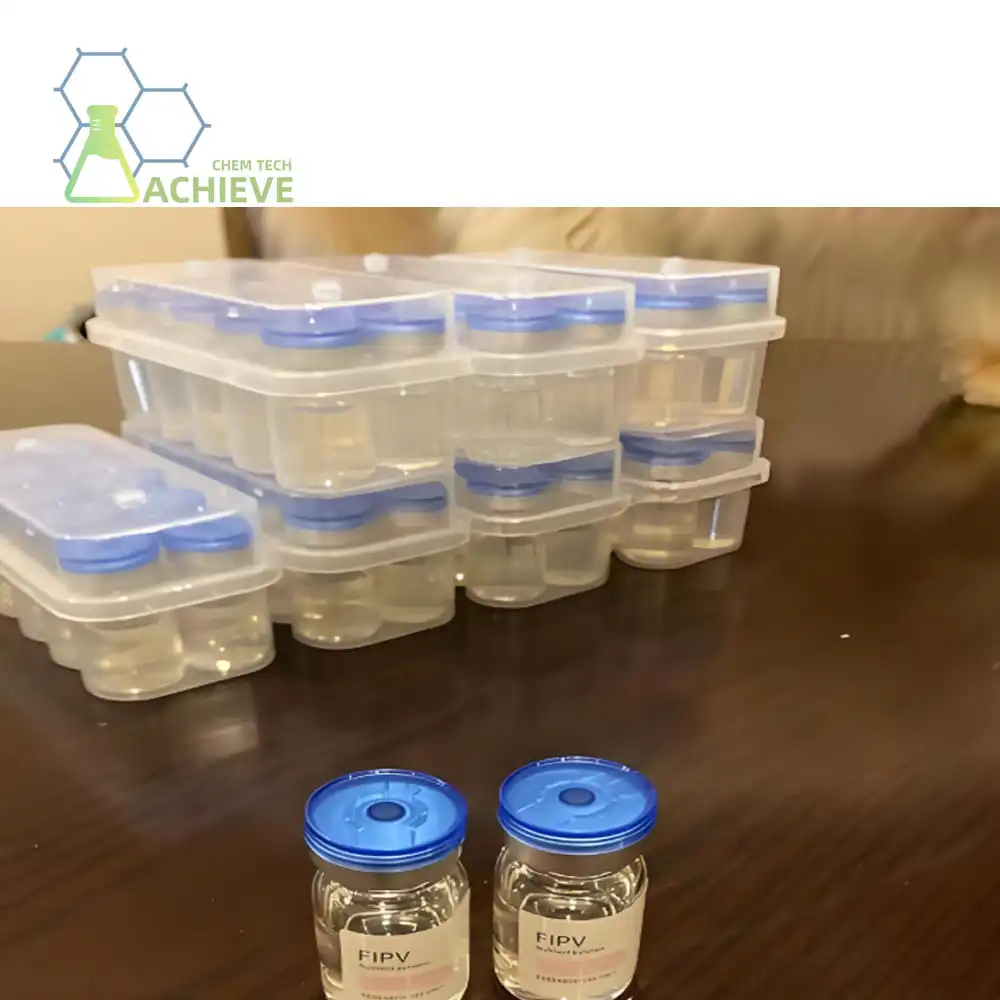
Response rates for different FIP forms
GS-441524 has shown remarkable effectiveness in treating both wet and dry forms of FIP. However, the response rates can vary depending on the type of FIP and the individual cat's condition.
Wet FIP response rates
Wet FIP, characterized by fluid accumulation in the chest or abdomen, tends to respond more rapidly to GS-441524 treatment. Studies have shown that cats with wet FIP often experience noticeable improvements within days of starting treatment.
- Rapid reduction in effusion (fluid buildup)
- Improved appetite and energy levels
- Normalization of blood parameters
The quick response in wet FIP cases is attributed to the drug's ability to quickly reduce viral replication and inflammation, leading to a decrease in fluid production.
Dry FIP response rates
Dry FIP treatment with GS-441524 can be more challenging, as the disease affects organs and tissues without producing obvious fluid accumulation. Response rates for dry FIP are generally positive but may take longer to observe compared to wet FIP cases.
- Gradual improvement in clinical signs
- Slower resolution of organ-specific symptoms
- Longer treatment duration may be necessary
While the response may be slower in dry FIP cases, many cats still show significant improvement with GS-441524 treatment.
Treatment modifications for dry FIP cases
Given the unique challenges presented by dry FIP, veterinarians often modify the treatment approach to optimize outcomes for affected cats.
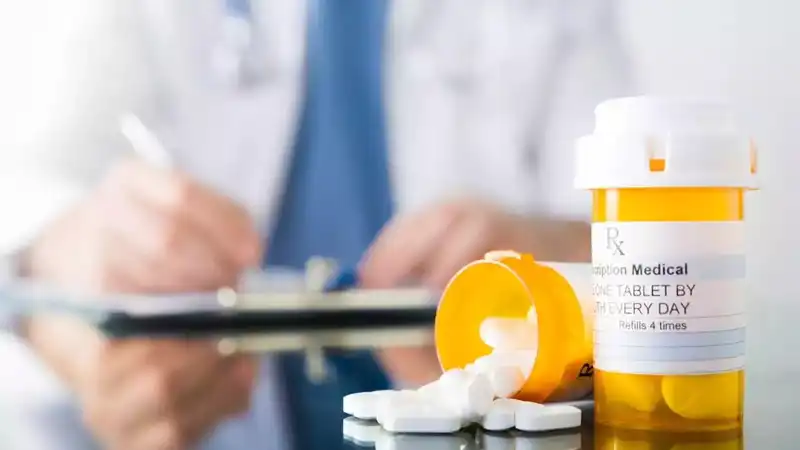
Dosage adjustments
Cats with dry FIP may require higher doses of GS-441524 compared to those with wet FIP. This is due to the need for the medication to penetrate affected tissues and organs more effectively.
- Initial doses may be increased by 25-50%
- Dose adjustments based on clinical response and blood work
- Longer treatment duration may be necessary
Combination therapies
In some cases of dry FIP treatment, veterinarians may recommend combining GS-441524 with other supportive therapies to enhance its effectiveness.
- Anti-inflammatory medications to reduce tissue inflammation
- Immune system modulators to support the cat's natural defenses
- Organ-specific supportive care (e.g., hepatoprotectants for liver involvement)
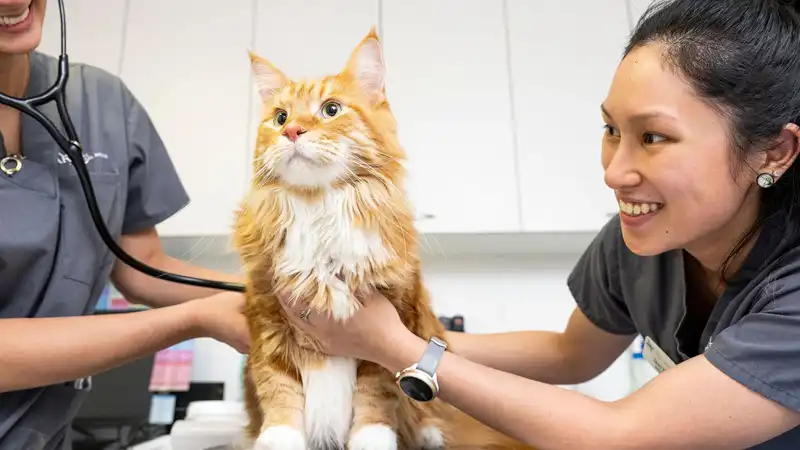

Monitoring and follow-up
Close monitoring is crucial for cats undergoing dry FIP treatment with GS-441524. Regular check-ups and diagnostic tests help veterinarians assess treatment progress and make necessary adjustments.
- Frequent blood work to monitor organ function and inflammation markers
- Imaging studies to evaluate organ involvement
- Clinical examinations to assess overall improvement
Prognosis comparison between FIP types
While GS-441524 has significantly improved the outlook for cats with FIP, the prognosis can vary between wet and dry forms of the disease.
Wet FIP prognosis
Cats with wet FIP typically have a more favorable prognosis when treated with GS-441524. The rapid response to treatment and visible improvements in clinical signs contribute to higher success rates.
- Higher overall survival rates compared to dry FIP
- Quicker resolution of symptoms
- Lower risk of long-term complications
Dry FIP prognosis
The prognosis for dry FIP cases treated with GS-441524 is generally positive but may be more guarded compared to wet FIP. Factors influencing the prognosis include:
- Extent of organ involvement at diagnosis
- Presence of neurological symptoms
- Overall health and immune status of the cat
Despite these challenges, many cats with dry FIP have shown remarkable recoveries with GS-441524 treatment, highlighting the importance of early diagnosis and intervention.
Long-term outcomes
Studies on long-term outcomes for cats treated with GS-441524 are ongoing, but initial results are promising for both wet and dry FIP cases.
- Many cats remain disease-free years after treatment
- Some cats may require maintenance therapy
- Regular monitoring recommended to detect potential relapses
Conclusion
GS-441524 has proven to be a highly effective treatment for both wet and dry forms of FIP, offering hope to cats previously considered untreatable. While wet FIP cases tend to respond more rapidly and have a slightly more favorable prognosis, many cats with dry FIP also experience significant improvements with appropriate treatment modifications.
The key to successful outcomes lies in early diagnosis, proper dosing, and close monitoring throughout the treatment process. As research continues and more data becomes available, our understanding of the product's effectiveness in treating different FIP forms will undoubtedly expand, potentially leading to even better outcomes for affected cats.
|
|
|
FAQ
1. Is GS-441524 equally effective for all ages of cats with FIP?
GS-441524 has shown effectiveness in cats of all ages with FIP. However, very young kittens and elderly cats may require dose adjustments and closer monitoring due to their unique physiological needs.
2. Can GS-441524 be used to prevent FIP in high-risk cats?
Currently, GS-441524 is not recommended for preventive use. It is specifically designed for treating active FIP cases. Preventive measures focus on reducing stress, maintaining good hygiene, and supporting overall health in cats.
3. How long does GS-441524 treatment typically last for wet vs dry FIP?
Treatment duration can vary, but generally, wet FIP cases may require 8-12 weeks of treatment, while dry FIP cases often need 12-16 weeks or longer. The exact duration is determined by the cat's response to treatment and ongoing diagnostic assessments.
Choose BLOOM TECH for Your GS-441524 Needs
To get high-quality GS-441524 for FIP treatment, BLOOM TECH is a great alternative to other suppliers. Researchers and veterinary professionals alike may rely on us as a reliable partner due to our dedication to quality, reasonable prices, and outstanding customer service. Our product is up to par for both wet and dry FIP treatments because of our rigorous quality control procedures and long experience working with pharmaceutical intermediates.
Don't compromise on quality when it comes to FIP treatment. Choose BLOOM TECH as your GS-441524 supplier and experience the difference in product consistency and support. Contact us today at Sales@bloomtechz.com to learn more about our product offerings and how we can support your FIP treatment needs.
References
1. Pedersen, N.C., et al. (2019). Efficacy and safety of the nucleoside analog GS-441524 for treatment of cats with naturally occurring feline infectious peritonitis. Journal of Feline Medicine and Surgery, 21(4), 271-281.
2. Murphy, B.G., et al. (2020). Treatment of cats with feline infectious peritonitis with the nucleoside analog GS-441524. Animals, 10(8), 1354.
3. Dickinson, P.J., et al. (2020). Antiviral treatment using the adenosine nucleoside analogue GS-441524 in cats with clinically diagnosed neurological feline infectious peritonitis. Journal of Veterinary Internal Medicine, 34(3), 1587-1593.
4. Addie, D.D., et al. (2020). Feline infectious peritonitis. ABCD guidelines on prevention and management. Journal of Feline Medicine and Surgery, 22(11), 1028-1048.

Echo
9 years of experience in chemical articles; Doctoral degree; Organic Chemistry major; R&D-4 Dept; Technology support; R&D engineer
Anticipating your Business & Technology support inquiry
Please send us the products that interest you, and we will provide you with one-on-one service
Recommended Blog

How to monitor your cat’s recovery during GS-441524 treatment?
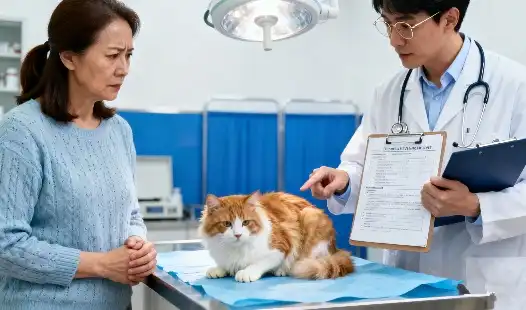
How to Communicate FIP Treatment Plans with Your Veterinarian?

How to adjust GS 441524 dosage for kittens or underweight cats?




_副本_1759986970404.webp)

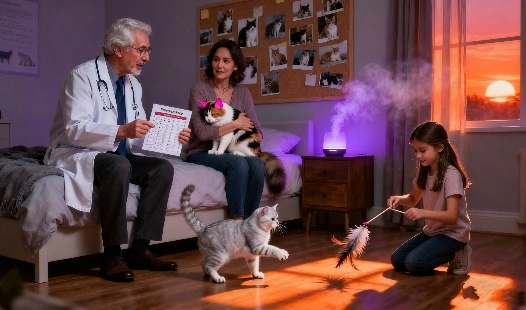
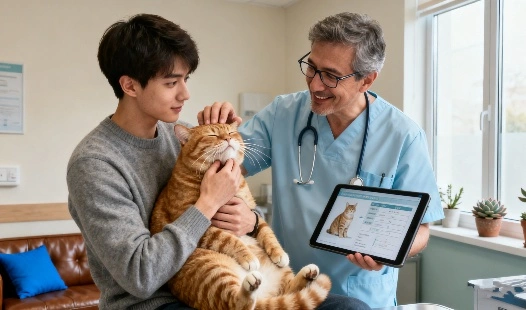
_副本_1762737917840.webp)
